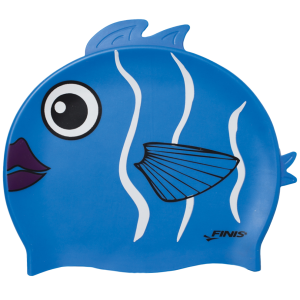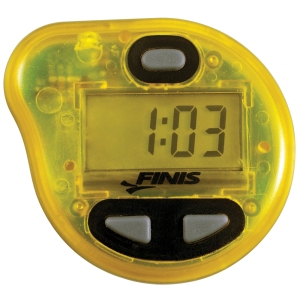It has been 4 months since the last frigid open water swims here in Seattle and they feel like a very distance memory. Are you missing the “big pool” as much as we are? Sometimes its just hard to motivate yourself to go swim indoors, especially if you are already tired or have had a tough training week. But don’t skip that swim, your open water skills will really thank you come spring for keeping in shark shape. Use this time to hone your skills and utilize some great training tools.
Winter is a great time to hit the pool and work on technique in the water. Swimming is one of those sports where technique really matters…it is all about efficiency in the water. Give yourself a job in the pool. Go in with the mind set that you are there to accomplish a specific task. This will help break up the boredom of repetitive laps.
One of the most common mistakes made in swim technique is fighting the water. Water is denser than air, the more you fight the more you increase drag churning your arms. This really just stirring up the water and wearing you out. Instead focus on quality long pulls, propelling yourself further forward with each smooth movement.
As runners and cyclists you learn to go faster by moving your legs faster. This is not the case with swimming. Let your upper body do a good share of the work here and focus on your body rotation. Your legs are best for helping your rotate your body in the water so that as you stroke with your arm it is timed to create a motion that you can pull against creating greater force. Think about trying hit a tennis ball with a racquet while in the deep end of the pool vs while standing on dry land. The force of your swing is greater as you push against the ground. The same idea is happening here- your body’s counter rotation to your stroke allows you to maximize your pull. It takes a great deal of core strength to achieve good body rotation – don’t skip those dry land days!
A fun tool to try out to help you with your body rotation is the TechToc from Finis. It is a waist belt that makes a noise as you rotate side to side. If you are not rotating well you will not hear the belt.
Always consider body balance as you are swimming. Is every part of you working together in a positive motion? On one of your swims don’t focus on trying to fix things just take an over all inventory of what motions you are making, how you are breathing, how you are feeling. Tune in and take stock. Think about what someone else would see if they were watching you from the deck. Take that back to your training journal and your coach to help formulate the game plan for improvement.
Water toys can be a fun addition to a workout but remember should be used as tools not as a crutch. Here are a few ideas you could work with:
-
Use your Pull Buoy to take your legs out of the equation and be able to focus on your stroke.
-
Use zoomers for more than just practicing your kick. Use them with your kickboard to practice kicking but rather than thinking about the kick think about your core and your glutes and making your kick come from those places.
-
Use your zoomers for a few laps of swimming and see if they help you connect your arms to your legs via your core.
- Use paddles (sparingly and as shoulders tolerate) to help work on the catch and finding your lats.

- The Tempo Trainer can help you work on your cadence in the water.
Other ways to make your workout fun could be meeting up with a friend or teammate. Sometimes just knowing someone else is working hard too helps you stick to your game plan. Take music along for the day but remember that if it distracts from your mental focus it may not be the best choice depending on what your goal in the pool is that day.
Also reward yourself for winter indoor. Consider buying a fun new swim cap or a new suit. There are new SIM swim shorts from Roka that are supposed to mimic wetsuit body position in the pool without overheating.


To swim like Michael Phelps don’t forget to work on your mental strategy and that can be done both in and out of the pool. In his book The Power of Habit Charles Duhigg gives us an inside to Phelps mental strategy. Phelps coach Bob Bowman taught him to make a record breaking swim simply a habit – how he reacted to his surroundings and circumstances was so practiced he didn’t need to think he simply reacted. Bowman taught him the “watch the videotape” – to visualize the perfect race every night and every morning . Then in practice Bowman would tell him to “Put in the videotape!”. This would insight Phelps to work as hard as he could and instead of being intimidated by it he simply executed the jobs as habit. Once this and a few other key habits were formed the habits spilled over into other aspects of training forming good training practices. Duhigg refers to these as “small wins”. He writes “a huge body of research has shown that small wins have enormous power, an influence disproportionate to the accomplishments of the victories themselves”.
So sleep well tonight, “watch the videotape”, build your small wins and winter swimming will payoff in more ways than you may have initially thought!




